
Art @ AEA
Excerpts from an interview with Mary Shannon Heinzelmann, Albert Einstein Academies’ (AEA) Art teacher.
.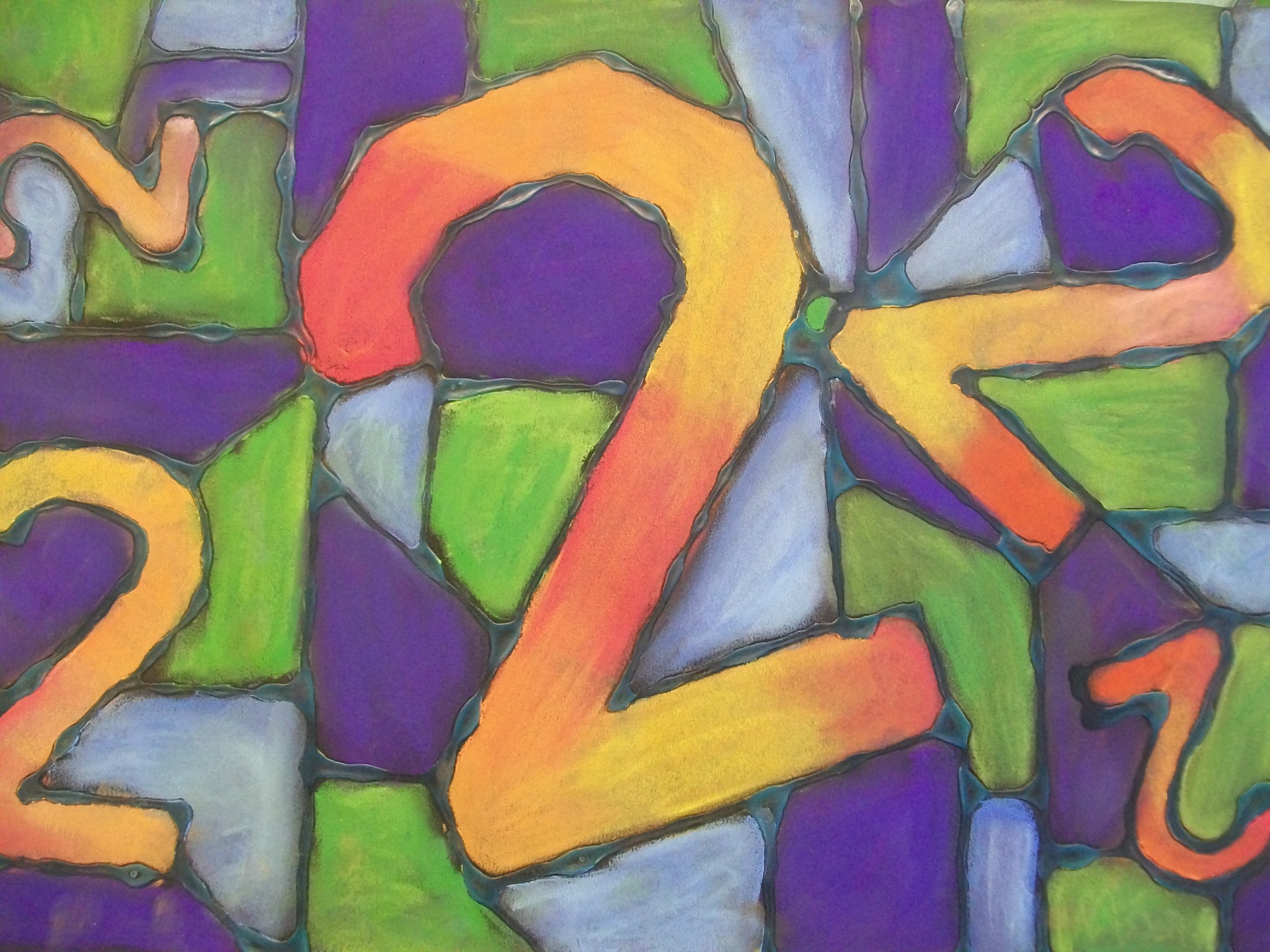
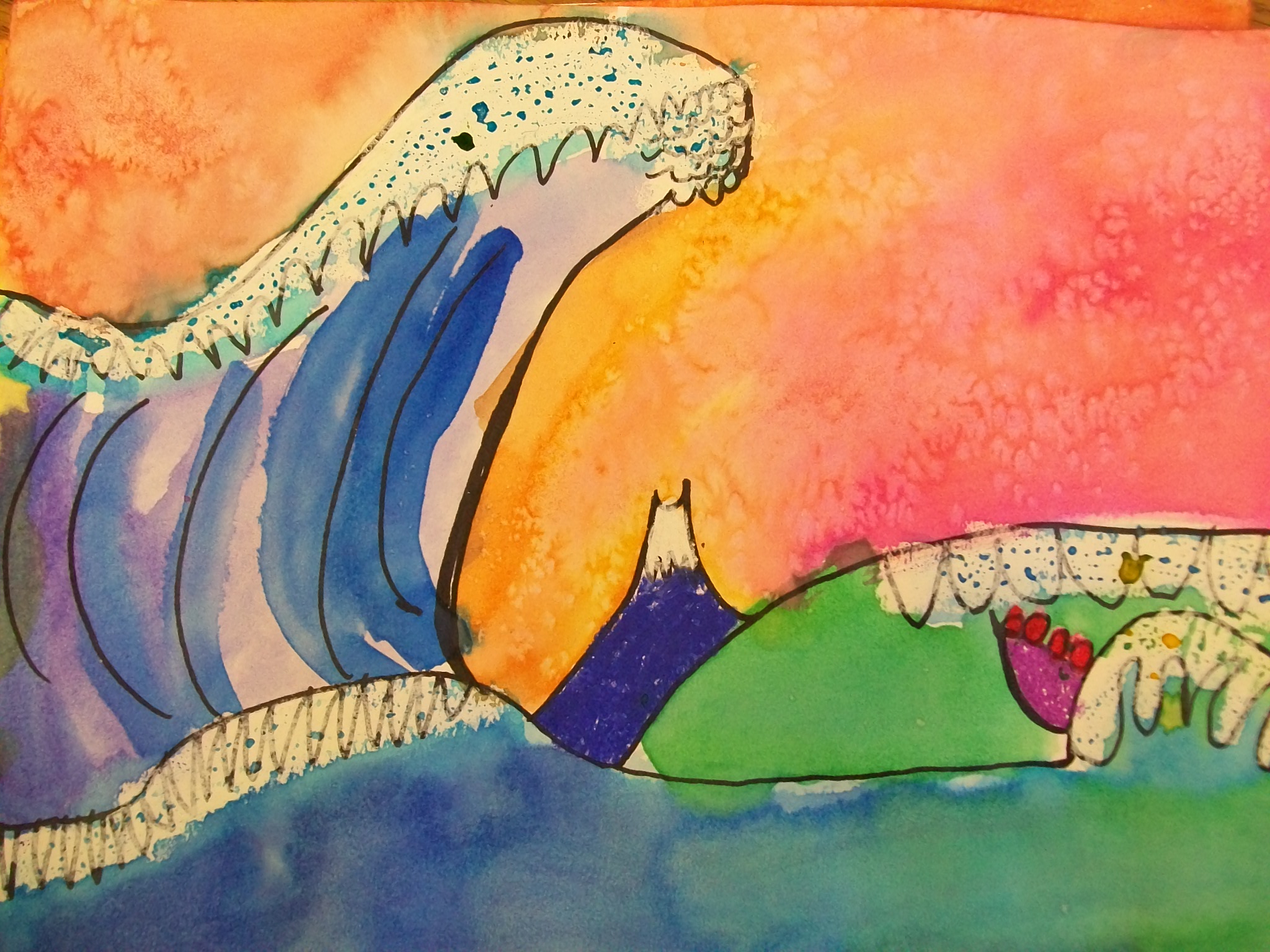
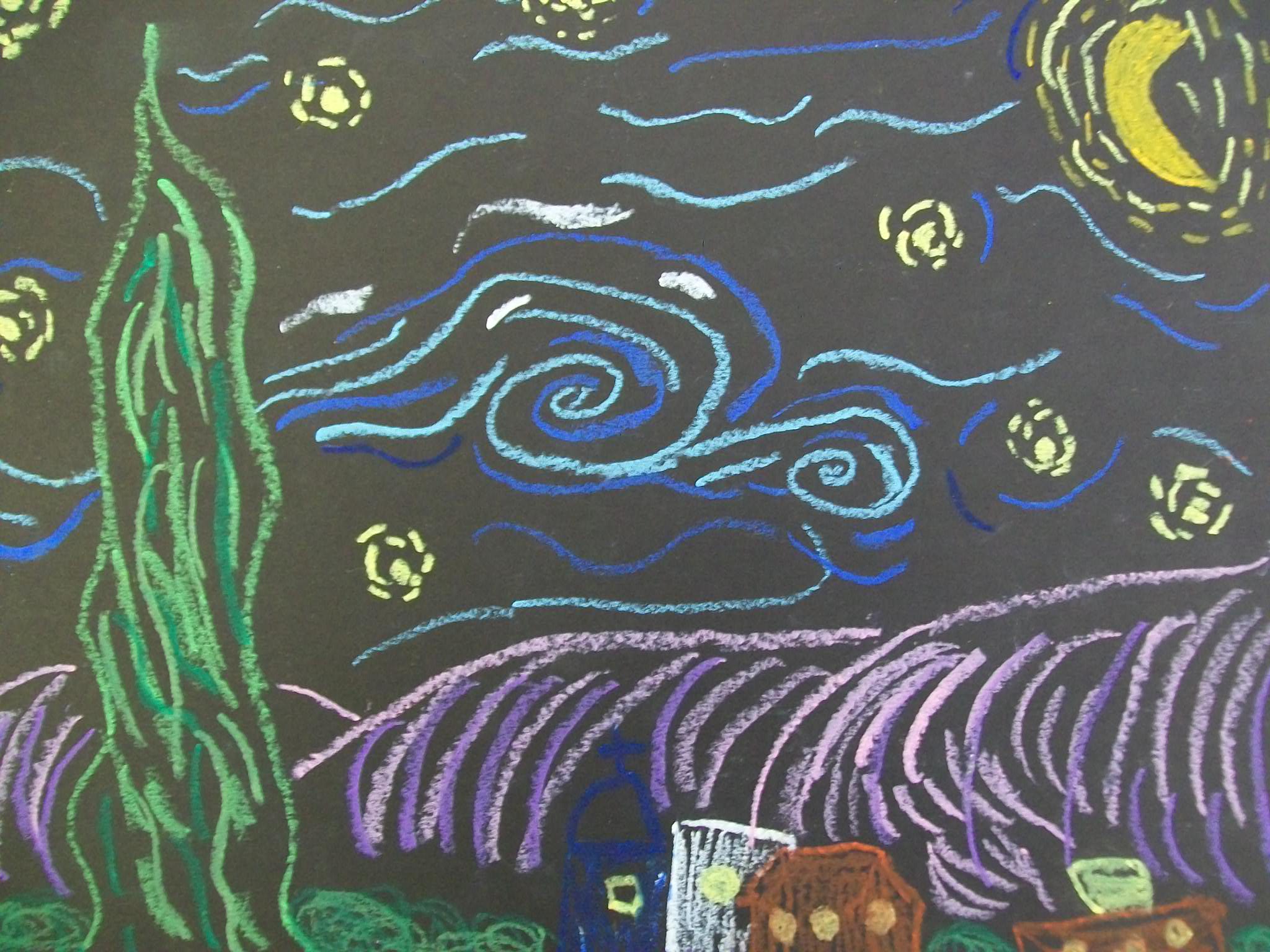

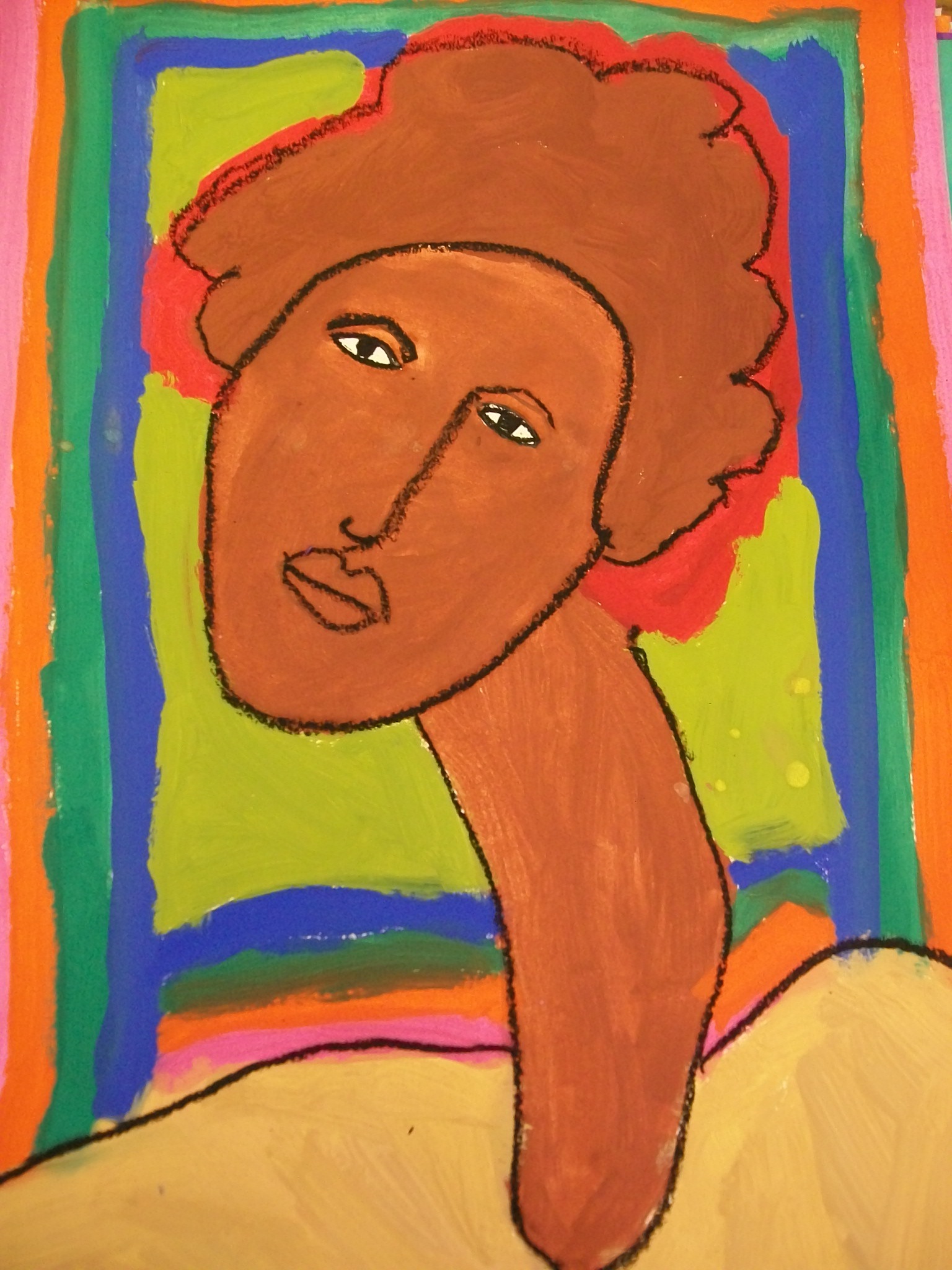
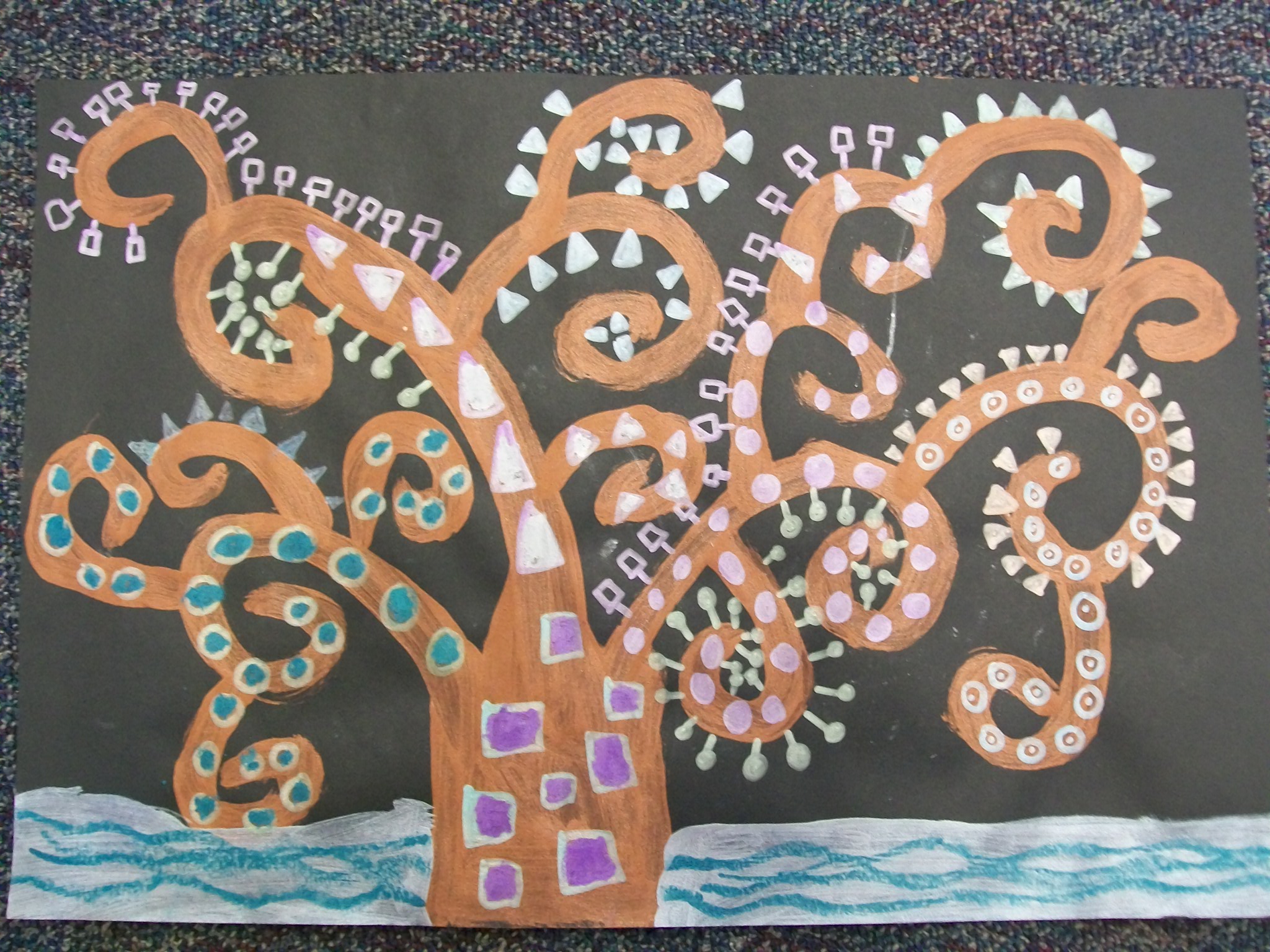
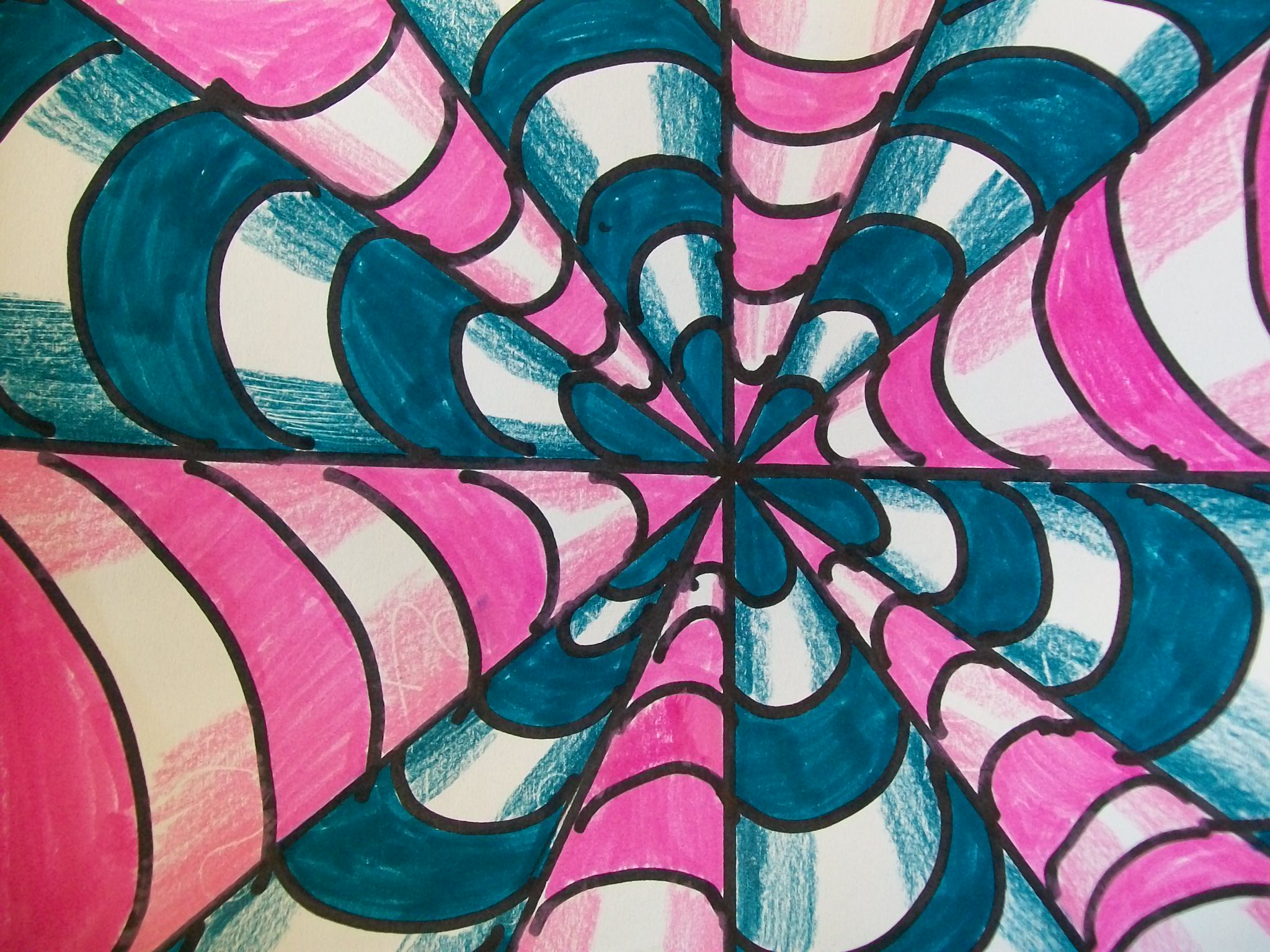
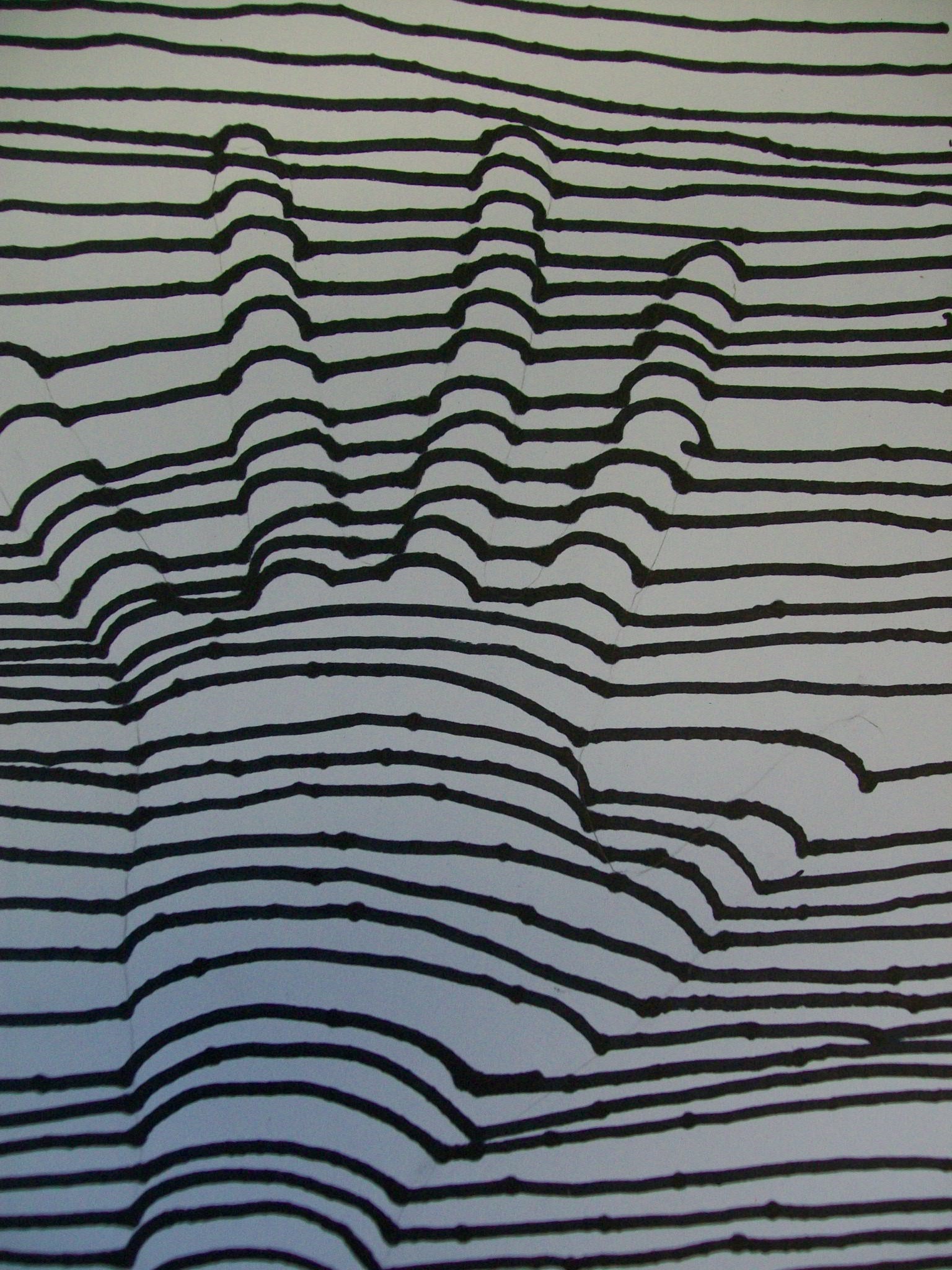

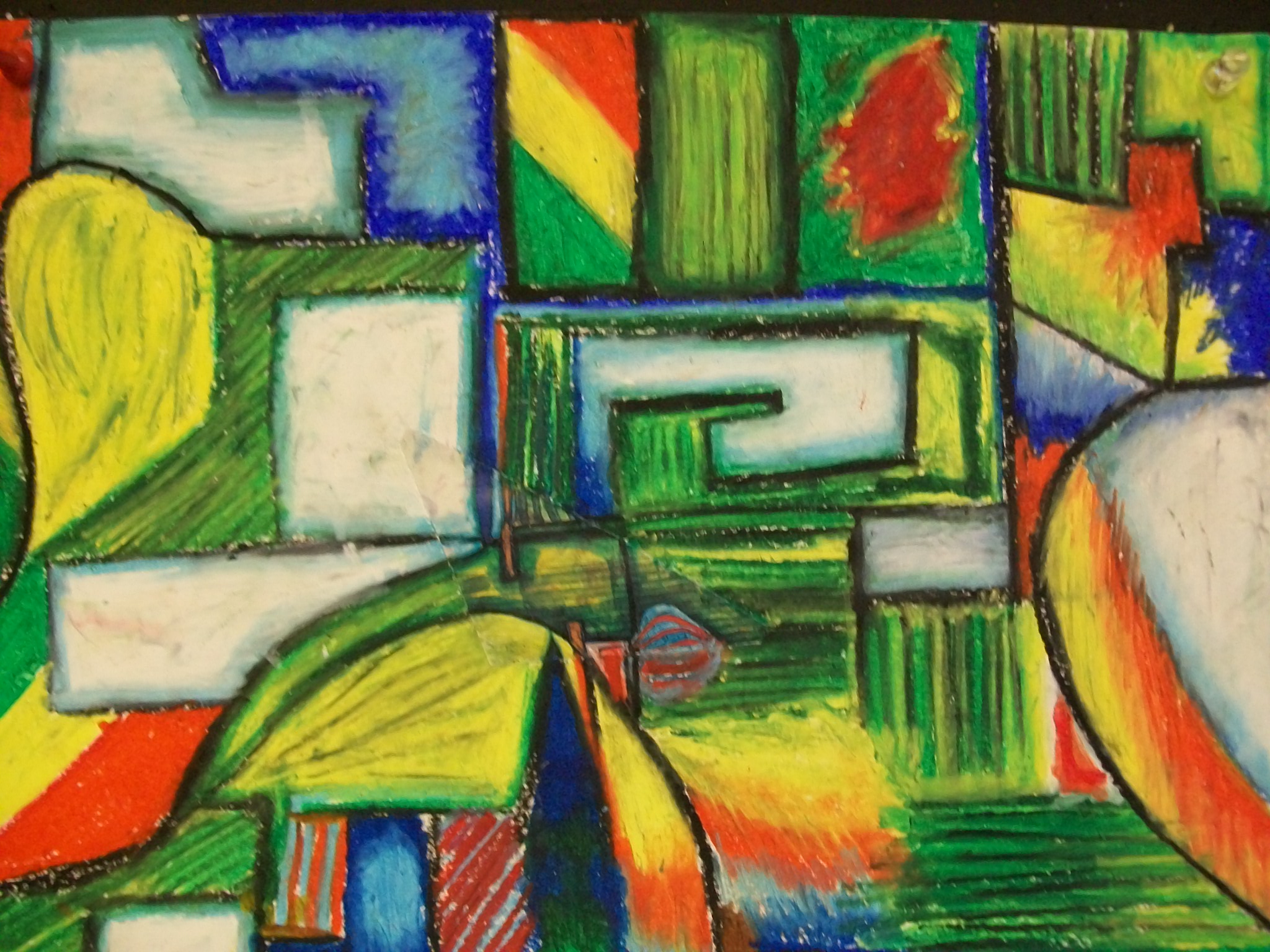
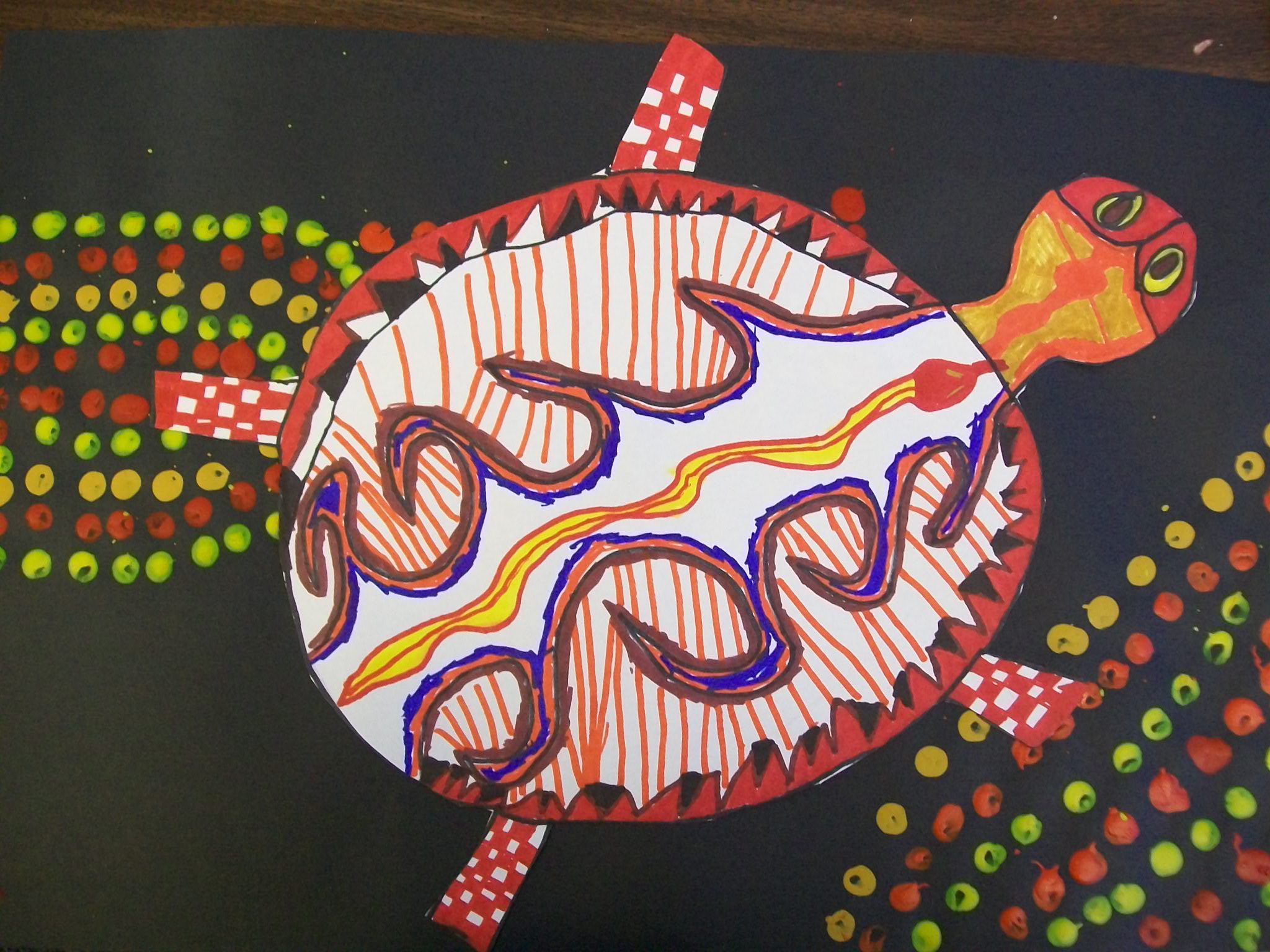
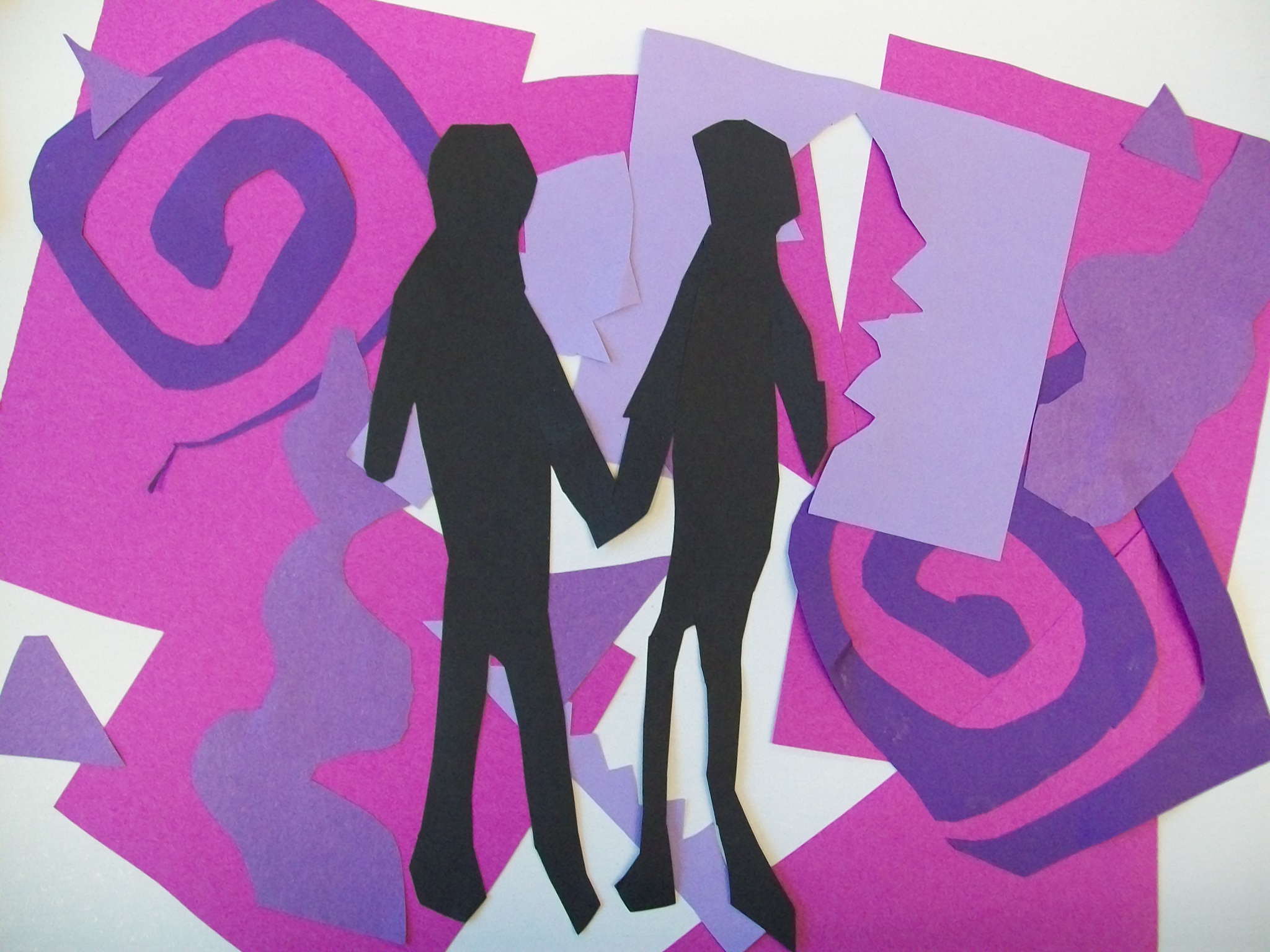
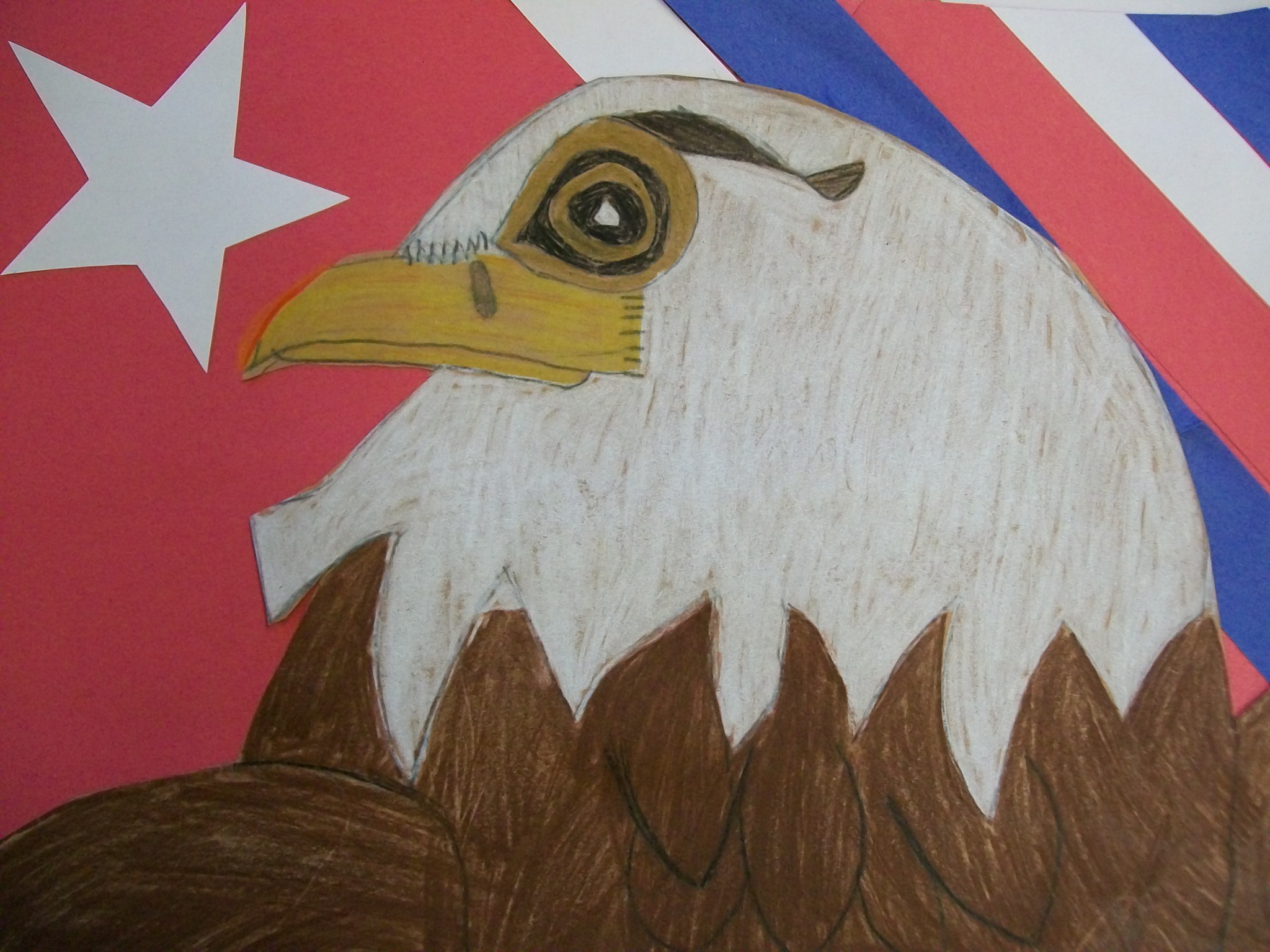
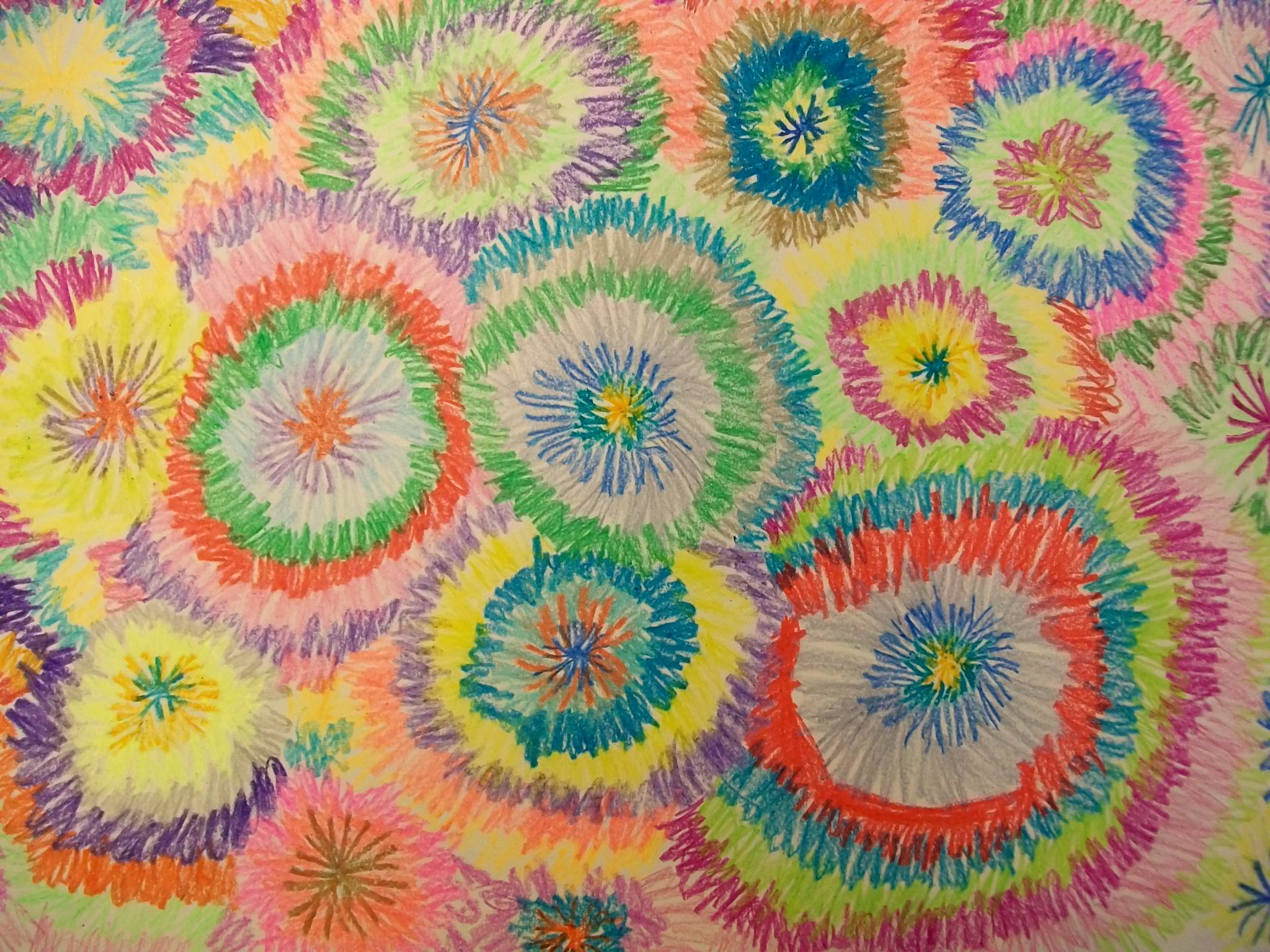

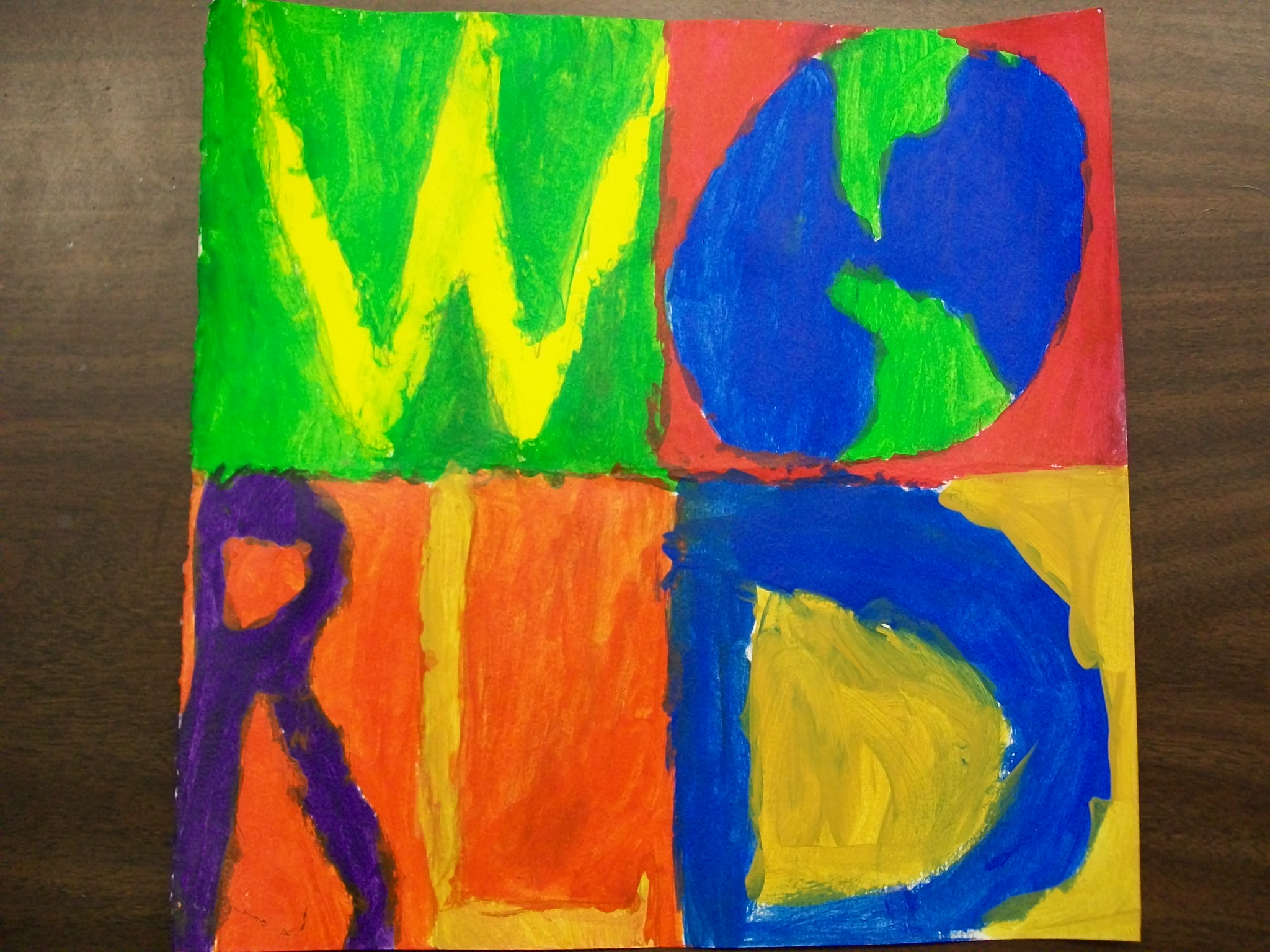
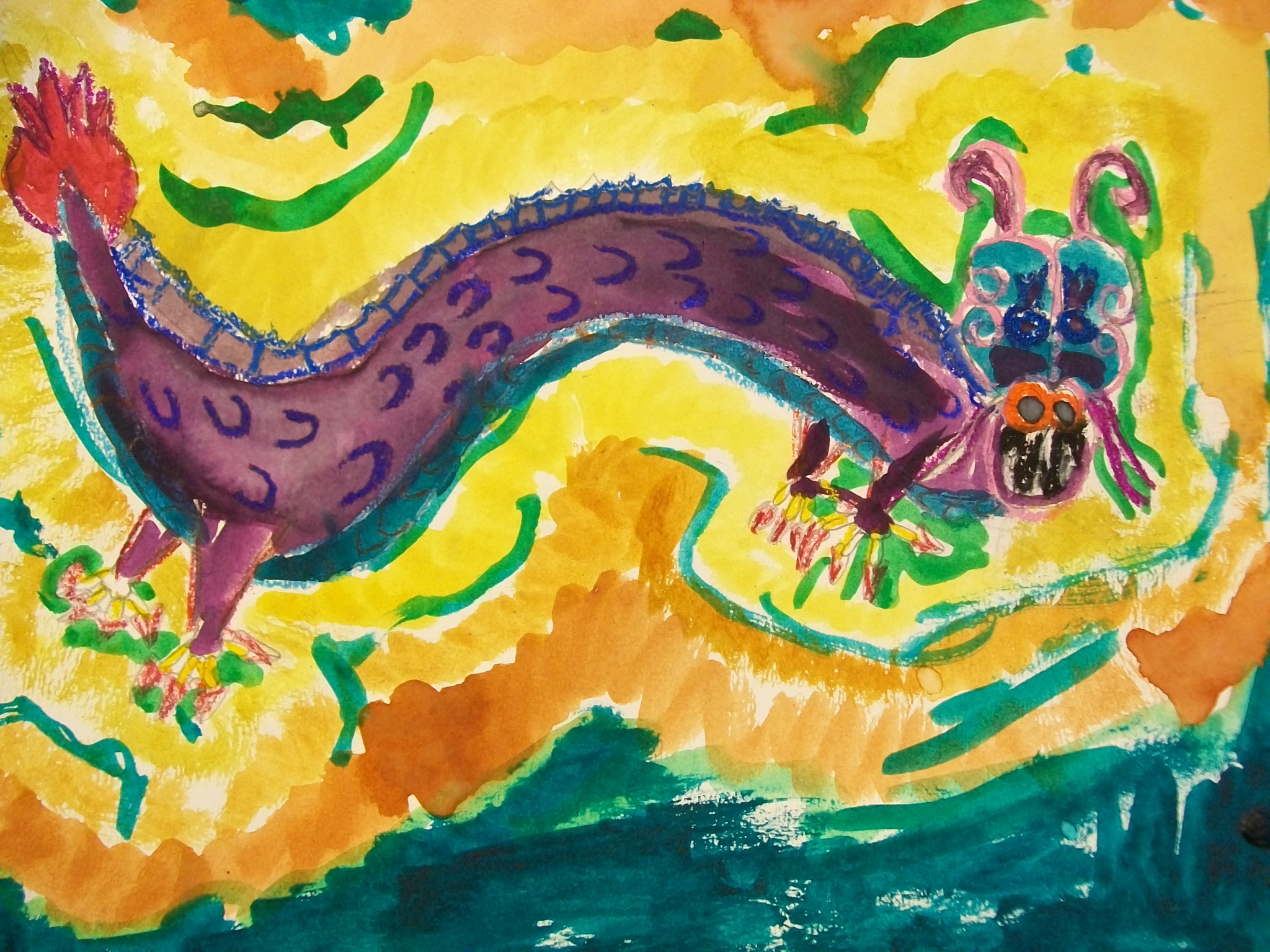
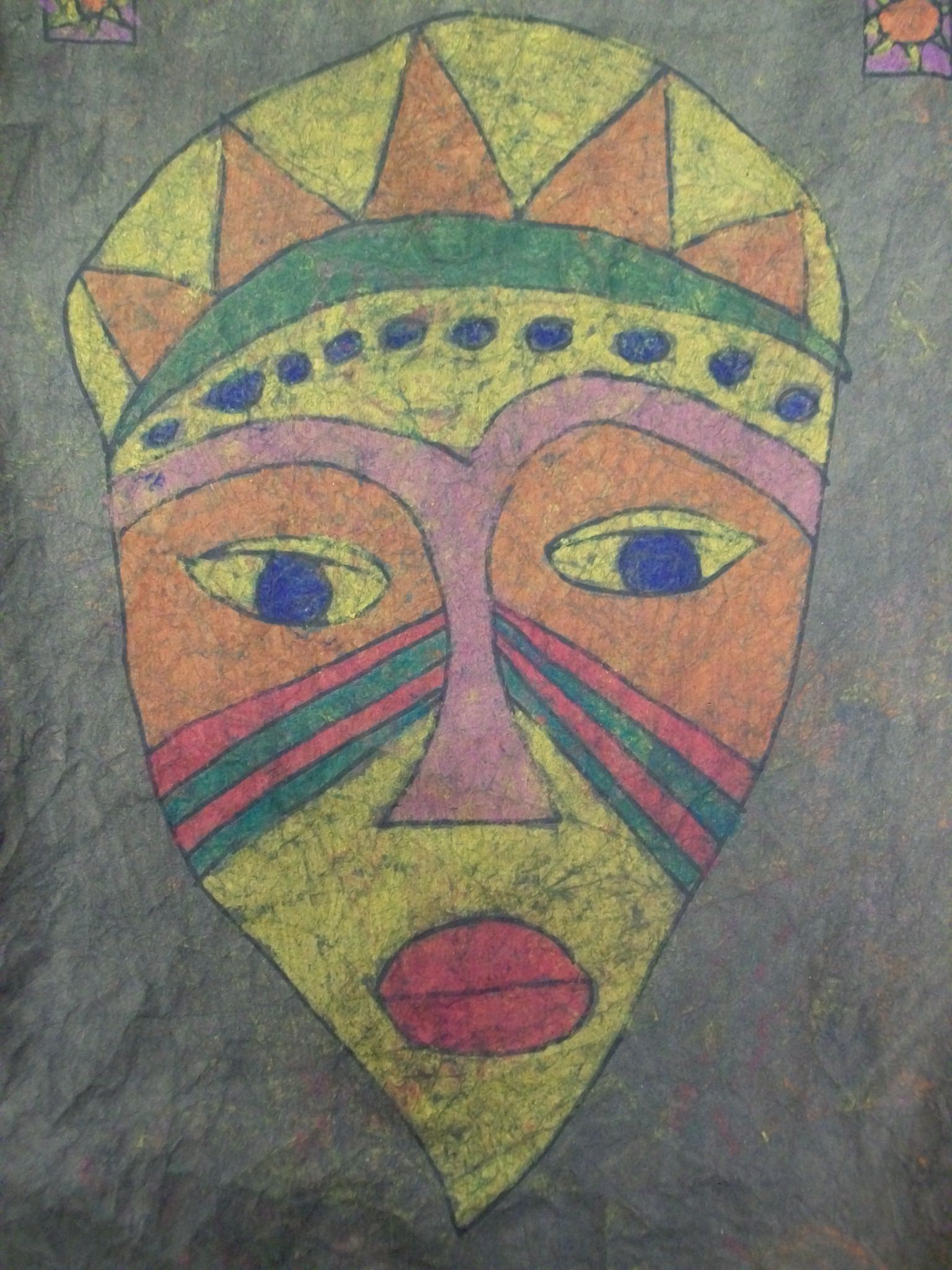
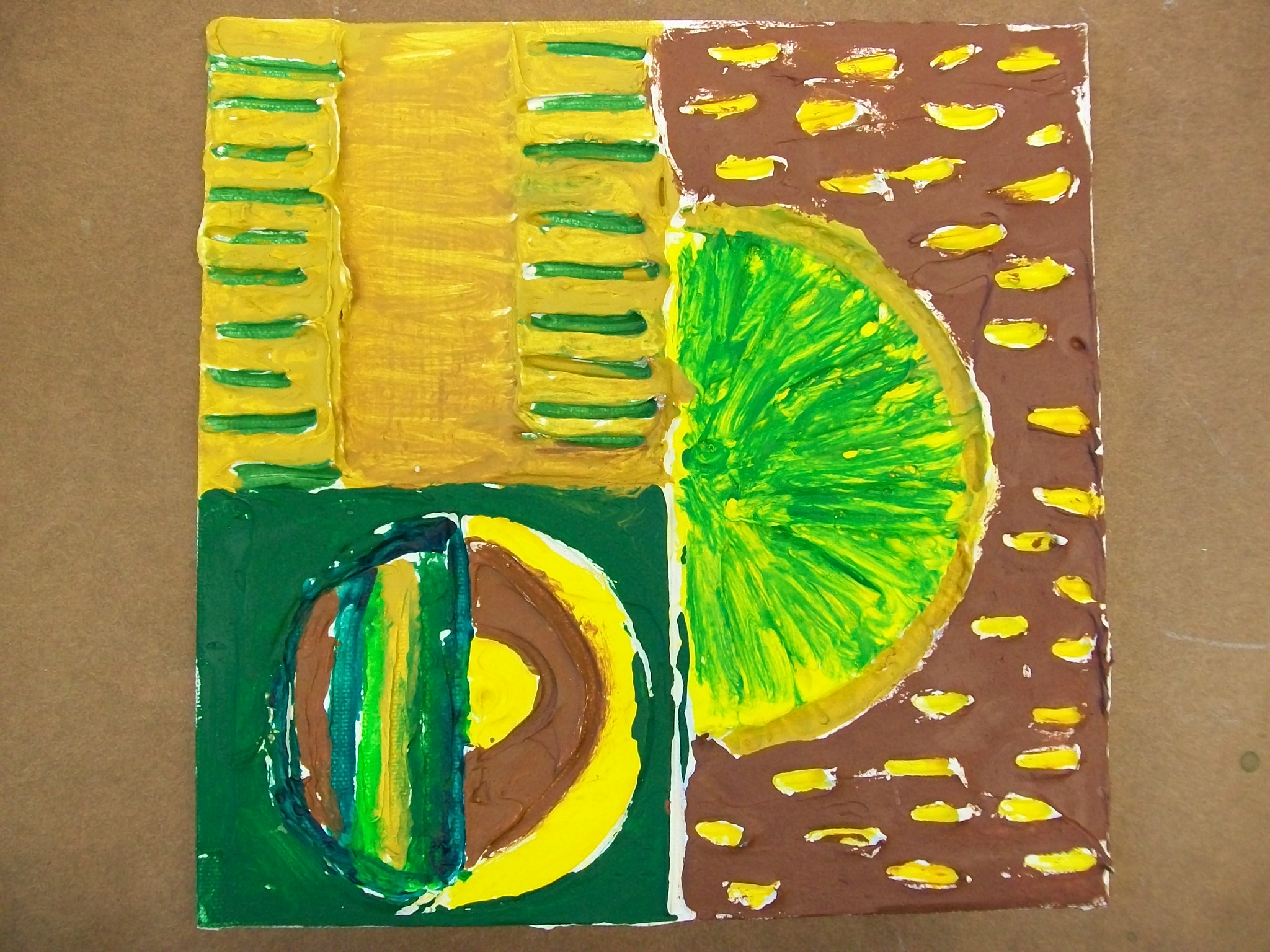
Kathi Blocher: Why do you think art is so important?
Mary Shannon Heinzelmann:
Oh my gosh, how much time do you have? First of all, I think art is important in the schools because children learn in different ways. Art is something that can reach those children who may not feel they are successful in the classroom. It offers an opportunity for those students to have a place where they can feel accepted and can build on their self-confidence. Secondly, I think art connects us all on a human level. It is how we express ourselves from culture to culture. Art crosses all cultures. Art crosses time through history. It is something we can respond to and grow from and have new experiences with each and every day. It can help us to see the beauty of the world around us.
But on a more educational level, I think that because we all have different learning styles, for example, some are kinesthetic learners, some are book learners, some are visual learners, and so on. Art allows students to develop skills that can help them in other areas of school as well. It helps with gross and fine motor skills, it helps with communication and expression, it helps with analytical thinking, problem solving, the list goes on.
And all the learner profiles that we have here at this school – being an inquirer, being open minded, finding balance, being reflective, and being a risk taker, and well, all of those, they are so key in the art room. These are skills that you learn in every art project that we do. Whether its evaluating your work and seeing what you like, or what you want to change, or being reflective, in that sense, or being open minded to something new, or something you may not have been exposed to before, its all part of the art process. So I think art is essential! It is something that teaches children that they need to be open to the unknown. We live in a world these days where every where, things are changing every day. Technology is changing everything.
There is a video we as a staff watched on the 21st century learner and it gave a statistic that says something to the effect of ‘the top 10 jobs that were in demand in 2010 were not even in existence in 2004.’ Isn’t that amazing! This basically means, we are currently preparing students for jobs that don&lrquo;t exist today. Employers say that one of the most important skills to have is creative thinking. So not only do we need to teach our children about the arts and about expressing themselves, they need to learn different ways of thinking; different ways of problem solving. They need to be critical thinkers. They need to be creative thinkers. We don’t know what is going to happen in 10 years, much less 20 years. We need to teach our children to be open and to think about things in a different way. I think that this is a critical part of being in the art classroom.
KB: Will you speak to the soul element, or the aspect of expressing yourself?
MSH:
For me, art is about finding yourself. It’s about expressing yourself, reacting to the world around us, what we see, hear, feel and experience. Recently, a middle school student was working on her final art project. She said to me, “I really learned something about myself and the choices I’ve made by creating this art piece.” This made my semester! You can’t ask for better feed back than that from a student. I was also reading the artist statements on the Artsonia website, and they are so great. Not only do they talk about their artwork, but they also talk about the artistic process and how they created it. This makes it all so worthwhile. It’s really nice to hear that there are kids that are really excited about learning and trying new things. Art is key!
KB:Will you share why you use original artists work in the classroom with the children.
MSH:
I think it’s important for the children to be exposed to art. I think that it is important that children go to museums and galleries. To experience art when they are not in school, go with their families, go with their friends, just go see art. It’s all around us. I think going to museums and galleries let’s you see that there is art being created today, yesterday, before and throughout time.
Art is part of our culture, it’s how a culture expresses itself. From cave paintings to the pyramids, from ancient Greece to the Renaissance to masks from Africa or Native America to modern art, art is a reflection of its culture, its history, its people. Really, depending on what time you are talking about, each new art movement has brought new ideas and a new way of looking at things. In the 50-60s, abstract expressionists and the New York School – “the arena in which to act” -- that opened up an entirely new way of looking at art, like Jackson Pollock’s expressionism. The impressionists were revolutionary, too. We don’t think about that now because they have been around for over 100 years. Impressionist paintings are so beautiful and they reflect a passage of time.
KB: Would you say they are like historical imprints?
MSH:
Absolutely! Exactly! With the advent of photography, impressionist painters felt sort of free to paint in a new way, to look at things differently. They could paint something without having to paint it realistically because the cameras were doing that. It was as if artists’ realized, ‘I don’t have to do that anymore. I can throw red on her face and green on her nose.’ So, I think art is something that frees you.
To me it’s important for students to have an appreciation for what’s come before us and to be exposed to famous works of art so that when, later on, down the way when they see something, they can say, I’ve seen that. I know that artist. I know about that period in time.
Eryn Holt, one of the German kindergarten teachers, told me a funny story. Every year in the kindergarten as part of art class, I present the work of Jim Dine, a pop artist from the 60’s, and we create a piece inspired by his work and his subject matter, Hearts. One year she was with some of her students at an art museum and she pointed out an artwork, and said the name of another artist that we had studied. One of the children corrected her and said, “no that’s Jim Dine, Frau Holt”, and he was right. That was a Jim Dine painting and the kindergarten student knew that from art class. It’s great when a student can say, hey I know that artist.
KB:
Mary Shannon, you know what, that just happened to me, too, with my daughter Alexandria. This week Alex and I were at a Japanese restaurant and on the wall was a painting she recognized. Alex pointed it out to me and said, “Mommy look!” Just recently we were on Artsonia, adding titles and comments to her artwork as a part of her first grade homework. She had just painted that same art piece this month in art. She recognized The Wave; The Great Wave off Kanagawa, by artist Katsushika Hokusai. She was so awed by the serendipity of her painting being the same art piece she worked on and in a frame on the wall at this restaurant. She could point out the volcano in the background and share a bit of the story behind the art. The experience was quite magical to witness. Her expression, her enthusiasm, her incredulous associating was wonderful to see.
MSH:
Like with the kindergartners, we also do art work from the German artist, Paul Klee. He painted a painting in the 1900s called Head of Man. The Kinders do a painting inspired by that piece, and then when they are in first grade, later on, we do another art piece of Paul Klee, yet all together different. Its great because the children say to me, “that’s the artist who did the Head of Man”, or “the face guy.” They can see that artists can do many different kinds of things; it’s not limited to just one style of art. And, of course, it’s wonderful to me when they can remember the previous years projects and connect to them.
As an art teacher, students need art history, art assessment, art aesthetics, art criticism, art production; all those elements. They are important when talking about art. What do you see? What kinds of shapes do you see? They identify techniques and find elements of art.
Art is all around us. What we see around us is art. We design something to look like this, or that. Recently, a student who was working on a project in Scouts interviewed me. They were asked to find other careers in art, other than being a fine artist. I said, you name it. We listed a bunch and got other students listing some, too. What kind of car do you drive? How do you design how that looks, the fender, the curve, the color or the texture of it? What does the inside look like? What does your house look like? What kind of cloths are you wearing? What is the pattern of the fabric? How do you sew it together? There are so many aspects! How is this chair designed? I mean you look at a chair in the classroom and someone had to design it. But the point is, on some level there is an artistic mind behind it. The illustrations in books, the movies and cartoons they look at, the signs we drive by everyday. You see it everywhere. On a day-to-day basis it touches you.
Art touches everyone’s lives every day! They may not know it or realize it, but that is part of the reason I expose them to different artist, different styles, different techniques. A lot of people may say, “I can’t draw”, but what they may not realize is that there is more than one way you can create art. I love it. It’s my passion -- obviously.
That’s something wonderful about being here at an IB school -- I try to tie it in to the IB curriculum -- to the lessons of the IB unit that they are studying. I bring in those artists from art history and their techniques, connecting them all together. It’s about making connections. We did a Gustav Klimt piece today and a kid said “it makes me think of a previous lesson about the element of art we were talking about” It’s the connections, the associations that tie it all together. Art facilitates learning in a pleasurable and educational way. It’s what being at an IB school is all about!
KB: What do the children actually do while in the art room?
MSH:
In the classroom it’s creating, looking, and doing; using different modalities of learning.
Let me take you through a sample class: They come in. I introduce the concept of what we are going to be doing. We talk about the artist I’m presenting. I might make the connection to what they are studying in their classrooms IB unit. We talk about what element of art or concept that might have to be emphasized.
I like to tie the technique we will work on to a particular artist and how they might have been inspired. It might just be a technique that we are learning, but I want them to know the artists, too. We talk about the artist, where they were in time and history. Like one of the kids asked about a particular artist and she wanted to know where he lives now. I told her that he lived around 100 years ago, that kind of thing. Where it was created in time and place, why they might have created it, how they express themselves -- these are all part of the IB units.
We talk about what we see in the artwork. I don’t have to tell them that this is a such and such, I ask what are you looking at? Tell me what you see. What do you notice? It gets them to look and observe and use the vocabulary of the elements of art. Like, I see squares. I see circles. I see colors. What do you notice? Are they complementary colors? What does that mean? We are always tying it back to something. How does it make you feel? What is your reaction to it? Does it make you feel sad or happy? Does it make you wonder? What were the artists’ thinking? What were they trying to express?
We talk about the art itself. We talk about the process and what we are going to be doing. I show them the process and I do a demonstration. Then we jump in and start creating.
KB: What is the difference between the grades?
MSH:
The Elementary classes come to art class once every other week. Upper grades will take about 2 classes or 2 hours to finish a specific piece of artwork. We begin it, plan it, draw it, and then finish with color or whatever in the following class. The lower grades may take two classes also, but generally, we try to finish their projects in one class week.
Sometimes we do a directed drawing lesson where we break the image down into different areas. Some kids say, “I can’t do that”, so I say, “Okay, let’s do it together.” Look at the drawing. We look at the eye. What shape is it? Is the eye round, oval, big, small, in relation to what, what’s next to it? Is it a curved line or a straight line? What’s at the end of the page? We take it step by step. Breaking it down to observe the details, we observe the whole and then go from the parts to complete the whole. In looking this way, it gets them to also plan ahead. To look at what is going to happen so they can plan for the other elements to be included.
The work is often tied to the IB unit, the grade level, or the curriculum. It’s great when the class teachers are in the room with me, too. They know much more about the IB units the children are working on and they, the teachers, will draw associations from class to the artwork. They will reflect on what was talked about in class, about balance, for example, or about a vocabulary word they have that week. All this deepens their experience and understanding of the subjects they are studying.
The Middle School art program differs from Elementary. The art program format for the Middle School is different in that they come and see me once a week on Wednesdays for a whole semester. The IB program has what is called ‘Art and Tech Wednesday’. These Wednesdays include a homeroom class, one art and one technology class each semester. Each of the Middle School staff teaches classes connected to art or technology. In art, for example, Mr. Allen teaches a world art for world people class and they study and create masks from around the world. Ms. Calantropio teaches a math in art class, they work on Baravelli squares and shading details with technical aspects of art. Senora Dunn teaches about architecture through the ages. Ms Kieffer does a drama class. Ms. Peters does photo journalism. I bring in the fine arts. I teach them about the elements of art and introduce them to different art medias.
During the three years of Middle School the kids will have all 6 art classes and all 6 technology classes. They rotate through a different art and tech class each semester and will filter through all the classes during their three years of Middle School, completing their program at the end of eighth grade.
KB: Where can we see the children’s art?
MSH:
On the first floor hallway where the ramp connects through to the kinder playground and many of the classroom bulletin boards have art displayed. I encourage the teachers to display the art outside their classroom. There is not enough room to display it all and I wish I had more time in my day to switch the art around. Many teachers display the art inside their classrooms.
In addition, Artsonia is a great way for showing off the kids artwork. It is a gallery of all the art for each grade. The art is available for families to view, from near and far. They can create fan clubs and have visitor comments, so Grandma, Grandpa, aunts, uncles, cousins, etc. can experience the artwork as well, and the students can get feedback from them. In addition, the students can write artist statements about their work, so they can express their feelings about the artwork. It’s wonderful.
There are also some permanent art structures here at AEA. For example, on the big play yard, the third grade created Recycled Flowers from recycled material and they still are displayed along the walkway to the classrooms, in addition to the mandalas they created in the stairwells. The Wall Balls for Physical fitness are another art project on permanent display on the upper playground. The Sun and Moon on the walls, and the figures in motion inspired by Keith Haring are on the lower playground. Outside the science room, the Spanish wall another. There is the World Water Day mural everyone participated in created outside the lodge. On the ramp outside the media center is one that some middle school students created last year. Also, in the library there are some display cases where we display art. Having an outdoor campus does limit the space for showing all the art the kids create. Thanks to Artsonia, the art is available to view for each child, their classmates, as well as other art from other classes.
KB: How is the art program funded here at AEA?
Friends of Albert Einstein Academies fund “all of it”. 100%! If families didn’t donate them, art wouldn’t be here. I wouldn’t have a job. I am very thankful that it is a priority for Friends to support the art program. The sponsorship of friends covers all the art programs funding.
The art fair held in the spring, on the same night as the Open House, is a fund raiser that brings in money too. For instance, last year’s money is going to help us get an additional sink in the art room. The sinks and installation will be covered by art show proceeds, as well as more art supplies for creating.
Artsonia, the website that was started up with an online kids gallery, that’s also for fund raising, too. If anyone buys any thing from the website, then fifteen percent of all that comes back to us at the school for art supplies. We just started this program and already made $400, which has made us #2 in the state for fund raising this year so far. I am hoping to purchase some heavy duty drying racks with the money raised this year. Any additional money we got in the past went towards art supplies, but with the budget cuts the way they are, we need other fund raising to cover additional supplies and for big ticket items that I need to help the program in the classroom grow.
KB: What is the future vision for the arts here at Albert Einstein?
MSH:
My personal wish would be for all children to have art every week. We need more hours in a day, and more days in the week, though, to fit everything in. As the school continues to grow, who knows what will happen. If the Middle School splits to its own campus, what shall happen? There is lots of growth possibility and it’s exciting to think about the opportunities.
The Strategic Planning Groups are going to help us create a strong and better future for the arts. Its bringing awareness to what our future will look like. I am part of the team charged with enrichment -- art, music, science – and we meet to create a feasible plan for the next five years. It’s great because we are a team of teachers, parents, and staff working on the vision together. The groups were formed in November 2011 and we have had some great discussions and doing amazing work together.
Our growth would not be possible without a motivated community. With Friends of Albert Einstein Academies continual help to bring awareness about the programs they support and about the educational benefits their children get here at Albert Einstein Academies the future vision potential of a strong and better school seems possible. The essential component of the school is its community.